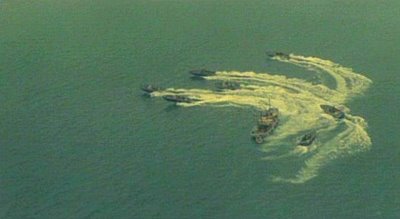And cut.

Dear readers,
When I started writing this blog, two years ago, I was far from thinking it would live so long.
I was far from imagining that 2,000 people across the globe would pop by every month to spend some time reading and commenting.
I was also underestimating how much I would learn from this experience.
Killing in Style was the first blog to talk about Giallo, and tried to do it by bringing new angles and perspectives on the genre, beyond a pure cinematographic point of view. I hope it lived up to this objective.
Two years have passed and I am amazed at how insightful this has been, and how encouraging your support has consistently been.
It started from the love of Italian soundtracks of the 70s, led to the exploration of a unique cinema genre and opened many new directions for future reflections.
All of which would not have happened without this blog.
Today, Killing in Style comes to an end.
Simply because I feel I have written all I could write about it. It's time to wrap up and watch a new generation of blogs bring fresh ideas about the genre.
Time to say thank you. Sincerely.
And time to say "Au revoir".
Sylvain
Killing in Style will stay online for a little longer.
Before it disappears, please click here to get to a summary of the films and topics I wrote about, or simply flick through the archives.
Update on July 17, 2007
I understand a lot of you would like to see the blog stay online. So I decided to finally leave it on. I would like to thank you all again for the many messages and comments I received.

















